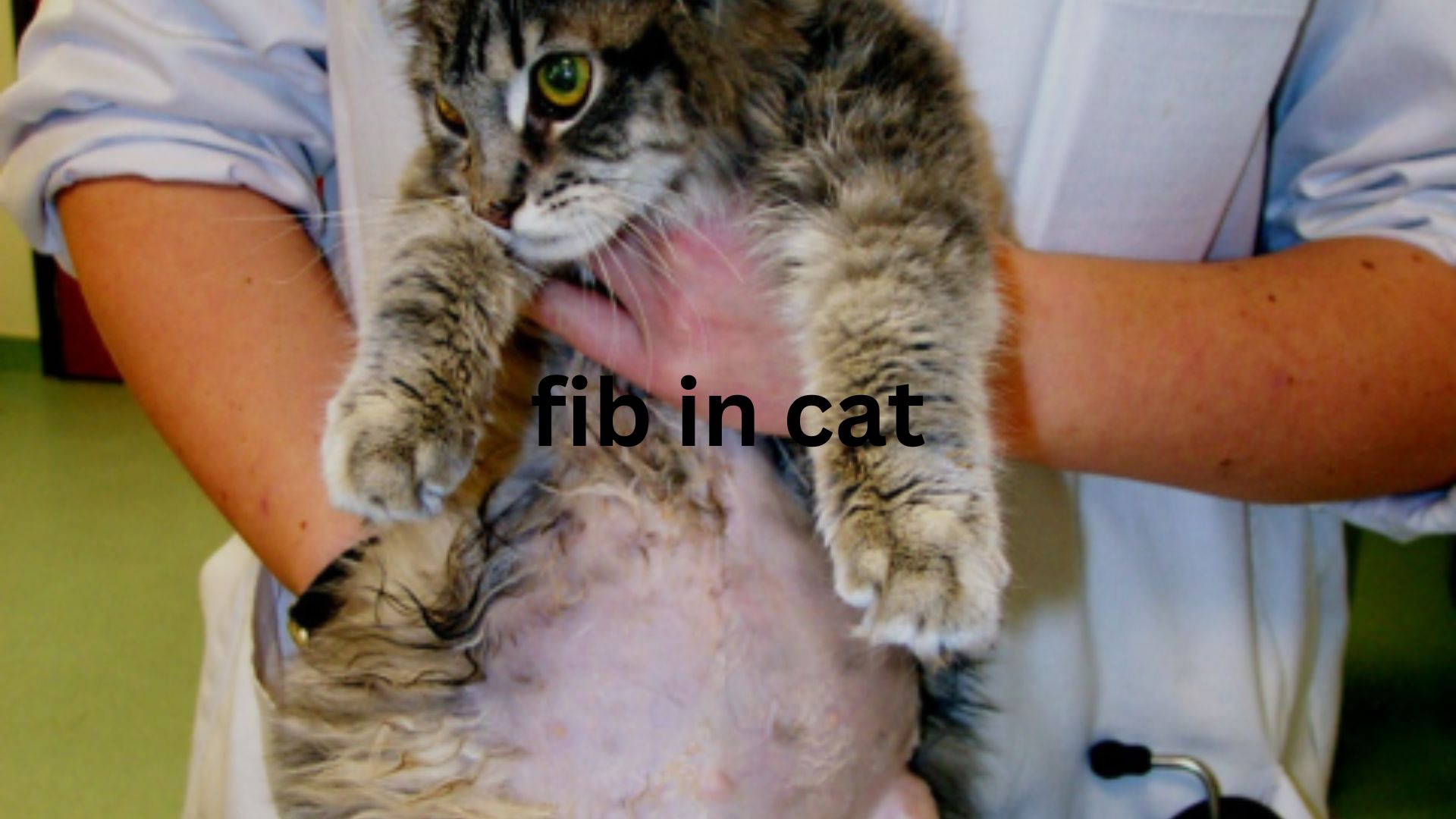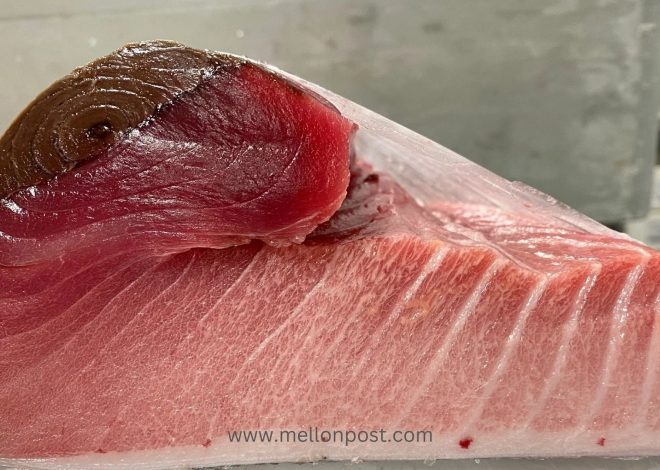
What is fip in cats ?
Feline Infectious Peritonitis (FIP) is a severe, usually fatal disease caused by a feline coronavirus. Most strains of feline coronavirus are found in the gastrointestinal tract and do not cause significant disease.
However, in approximately 10% of cats infected with FeCV, one or more mutations of the virus can alter its biological behavior, resulting in white blood cells becoming infected with the virus and spreading it throughout the cat’s body. This mutated form of the virus is referred to as FIPV.
FIP is a complex disease that can manifest in two major forms: effusive (wet) and non effusive (dry). Effusive FIP is characterized by the accumulation of fluid in the abdomen or chest cavity, while non effusive FIP is characterized by the infiltration of inflammatory cells in various organs, such as the liver, kidneys, eyes, and brain.
The signs of FIP vary depending on which organs are involved, but common symptoms include fever, loss of appetite, weight loss, depression, and jaundice. The disease is most frequent in cats 6 months to 2 years old, and purebred cats, including Persian, Abyssinian, Bengal, Birman, Himalayan, Ragdoll, and Rex breeds, are most likely to be affected.
Diagnosis of FIP can be challenging, as there is currently no definitive test to diagnose the disease. However, high coronavirus antibody titers in young cats with persistent fever and effusion may suggest FIP.
There is no cure for FIP, and treatment is generally supportive, focusing on managing symptoms and improving the cat’s quality of life. In some cases, antiviral drugs or immunosuppressive therapy may be recommended, but the prognosis for cats with FIP is generally poor.
Prevention measures include reducing exposure to the virus, such as through proper sanitation and cleaning of litter boxes, avoiding overcrowding in multi-cat households, and vaccinating cats at risk. However, the effectiveness of vaccination in preventing FIP is still a topic of debate, and the American Association of Feline Practitioners lists the FIP vaccine as “not recommended”.
In summary, FIP is a severe, usually fatal disease caused by a feline coronavirus that affects cats worldwide. The disease is most common in cats 6 months to 2 years old, and purebred cats are at higher risk.
Diagnosis of FIP can be challenging, and there is currently no cure for the disease. Prevention measures include reducing exposure to the virus and vaccination, but the effectiveness of vaccination in preventing FIP is still a topic of debate.
What are the symptoms of fip in cats
The symptoms of Feline Infectious Peritonitis (FIP) in cats can vary depending on the form of the disease. Here are the common symptoms associated with both the effusive (wet) and non-effusive (dry) forms of FIP:
Effusive (Wet) FIP Symptoms:
– A lack of appetite
– A distended, swollen, or bloated stomach
– Fast or labored breathing
– Fever
– Diarrhea
– Lethargy or tiredness
– Avoiding food
– Jaundice
Non-Effusive (Dry) FIP Symptoms:
– A lack of appetite
– Fever
– Weight loss
– Lethargy or tiredness
– Diarrhea
– Jaundice
– Red eyes
– Neurological signs (e.g., being wobbly on their feet or having fits)
These symptoms can be vague and may overlap with other conditions, making the diagnosis of FIP challenging. If you notice any of these symptoms in your cat and suspect FIP, it is crucial to consult your veterinarian for proper evaluation and diagnosis.
Difference between effusive and dry fip in cats
The main difference between effusive and dry Feline Infectious Peritonitis (FIP) in cats lies in the way the disease manifests in the body:
1. Effusive (Wet) FIP:
- In effusive FIP, there is an accumulation of fluid within the abdominal or chest cavity, leading to symptoms such as a swollen abdomen and breathing difficulties.
- Other common symptoms of effusive FIP include lack of appetite, fever, weight loss, jaundice, and diarrhea.
- This form of FIP progresses more rapidly and is more common, affecting around 60-70% of cases.
2. Non-Effusive (Dry) FIP:
- Non-effusive FIP does not involve the accumulation of fluid in body cavities.
- Instead, it often presents with severe inflammation in one or more organs, such as the eyes, brain, liver, intestine, or other parts of the body.
- Cats with non-effusive FIP may show symptoms like lack of appetite, fever, jaundice, diarrhea, and weight loss, but without fluid accumulation.
- Ocular or neurological signs are more typical in cats with dry FIP, such as difficulty standing or walking, functional paralysis over time, or loss of vision.
While both forms of FIP are fatal, effusive FIP progresses more rapidly and is characterized by fluid accumulation, whereas non-effusive FIP involves severe inflammation in various organs without fluid buildup.
How is fip diagnosed in cats
Feline Infectious Peritonitis (FIP) is a viral disease in cats caused by a mutated strain of feline coronavirus.
Diagnosing FIP can be challenging, as many existing diagnostic tests cannot differentiate between FECV and FIPV, and especially in cats without body cavity effusions, it is often difficult to reach a definitive diagnosis.
The diagnosis of FIP is typically made based on the cat’s clinical history and supportive laboratory data. Routine blood testing may indicate evidence of kidney or liver damage due to the inflammatory nature of FIP. Protein levels in the blood are often increased in cats with FIP.
Effusions (fluid accumulations) within the abdominal or chest cavities can be supportive of FIP but are not absolutely diagnostic for the disease. Many laboratories provide feline coronavirus antibody tests, but these alone cannot be used to diagnose FIP.
If a cat has clinical signs consistent with a diagnosis of FIP, then a positive antibody test is supportive of the diagnosis, but not conclusive. Likewise, a negative test in the presence of advanced signs does not rule out the diagnosis of FIP.
Histopathology (the collection of tissue samples that are evaluated microscopically) remains the best way to diagnose FIP in the living cat.
The diagnosis of FIP is based on a combination of clinical signs, laboratory test results, and sometimes imaging studies like X-rays or ultrasound. A definitive diagnosis of FIP can be challenging, and a working diagnosis is often made based on the cat’s clinical history and supportive laboratory data.
Laboratory tests are used to diagnose fip in cats
To diagnose Feline Infectious Peritonitis (FIP) in cats, a combination of clinical history, laboratory data, and sometimes imaging studies are used. There is no single test that can definitively diagnose FIP, so a working diagnosis is typically made based on the cat’s clinical history and supportive laboratory data.
Routine blood testing may indicate evidence of kidney or liver damage due to the inflammatory nature of FIP. Protein levels in the blood are often increased in cats with FIP.
If a cat has clinical signs consistent with a diagnosis of FIP, then a positive antibody test is supportive of the diagnosis, but not conclusive. Likewise, a negative test in the presence of advanced signs does not rule out the diagnosis of FIP.
Effusions within the abdominal or chest cavities can be supportive of FIP but are not absolutely diagnostic for the disease. Many laboratories provide feline coronavirus antibody tests, but these alone cannot be used to diagnose FIP.
Some laboratories provide tests such as PCR tests, which can detect very small amounts of the virus in the effusions, but no unique genetic sequence associated with FIP has been identified.
Histopathology remains the best way to diagnose FIP in the living cat. This involves the collection of tissue samples that are evaluated microscopically.
In cases where FIP is the presumptive diagnosis, an alternative to extensive additional lab work or procedures is to use GS diagnostically. GS441 does not treat or cure any condition other than FIP, so if the cat begins to respond after a few doses, FIP can be confirmed. If the cat does not have FIP, the GS will do no harm.
It is important to note that there is no such thing as an “FIP test” and that a proper diagnosis requires a multitude of diagnostics both to confirm FIP, as well as to rule out other conditions that share similar symptoms.
Treatment options for fip in cats
Feline Infectious Peritonitis (FIP) is a viral disease in cats caused by a mutated strain of feline coronavirus. The treatment course for FIP is long, usually 84 days, and most cats can be treated at home with tablets or liquid, but if they are very unwell, they may require hospitalization.
The treatment options for FIP in cats have significantly improved in recent years due to the development of antiviral medications. Studies have shown that antivirals can be effective in curing FIP, leading to a legal supply of remdesivir and GS-441524 in the UK and Australia, and via export to other countries. These drugs have been shown to be effective in treating FIP in cats, with a high success rate in curing the disease.
It is important to note that there is no single test that can definitively diagnose FIP, and a combination of clinical signs, laboratory data, and sometimes imaging studies are used to make a diagnosis. If a cat shows no improvement after 3 days of treatment, it is unlikely to improve, and if the cat’s quality of life is poor and treatment has not helped, euthanasia is often considered.
In addition to antiviral medications, good hygiene and avoiding overcrowding are essential strategies for minimizing the risk of FIP in rescue and rehoming facilities. Cats should ideally be housed individually or in small stable groups, and litter boxes and cleaning/disinfection should be managed as in breeding households.
While vaccination is available to help prevent FIP, it is not always effective, and other measures to reduce exposure, such as frequent removal of feces, early weaning, and isolation of cats that test positive for coronavirus antibodies, are also important.
It is important to consult with a veterinarian to discuss treatment options and to monitor the cat’s progress throughout the treatment period. With proper treatment and care, many cats with FIP can be cured and go on to live healthy lives.
Side effects of the antiviral drug used to treat fip in cats
The antiviral drug used to treat FIP in cats is remdesivir, which has been found to be highly effective in managing FIP infections. The drug is administered intravenously or subcutaneously, and it is slightly easier to administer subcutaneously compared to GS-441524, with some cats appearing less painful during injection.
The most common side effect of subcutaneous remdesivir is injection pain, which was reported in 47.8% of cats given the drug. Of the 307 cats treated with remdesivir, 10.8% relapsed, with 45.5% of those relapses occurring during treatment and 54.5% occurring after treatment.
However, it is important to note that remdesivir is a licensed human drug and can be used off-label in veterinary applications, which has been shown to be effective in treating FIP in cats and kittens.
Alternative treatments for fip in cats
There are alternative treatments for Feline Infectious Peritonitis (FIP) in cats, although they are not as effective as the antiviral drug remdesivir.
These include symptomatic treatment, which involves using low to moderate doses of prednisolone or prednisone, along with a diet high in animal protein and personal care. This approach can be effective in managing FIP symptoms, but it does not cure the disease.
Homeopathic treatments, such as dilute tinctures of various plant extracts, have been used to treat FIP in cats, but their effectiveness is not well-established. One study found that a homeopathic treatment had a small increase in survival time for cats with the milder dry form of FIP, but it is not approved by the USDA for the treatment of FIP.
Polyprenyl immunostimulant (PI) is another alternative treatment that has been studied in cats with FIP. It is a biologic plant extract that has been shown to prolong the life of some cats with the dry form of FIP. However, it is not approved by the USDA for the treatment of FIP, and its effectiveness is still being investigated.
Acemannan, a mucopolysaccharide extract of Aloe vera leaves, has also been studied as a potential treatment for FIP in cats. However, its effectiveness is not well-established, and it is not approved by the USDA for the treatment of FIP.
Overall, while there are alternative treatments for FIP in cats, they are not as effective as the antiviral drug remdesivir. It is important to consult with a veterinarian to determine the best course of treatment for a cat with FIP.


